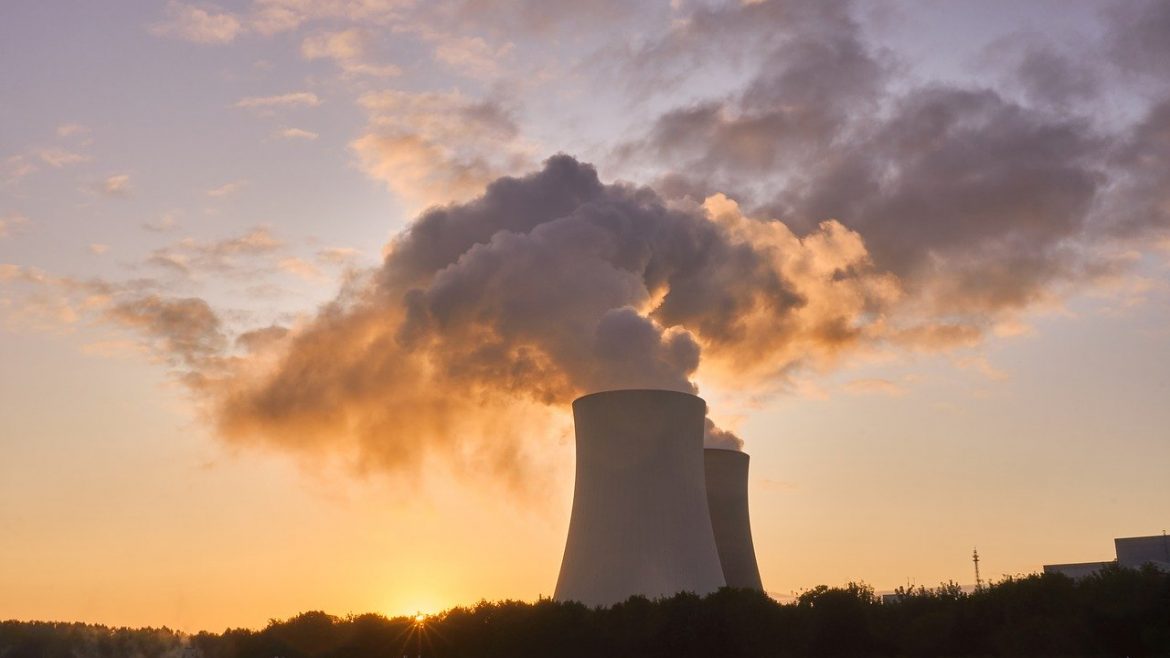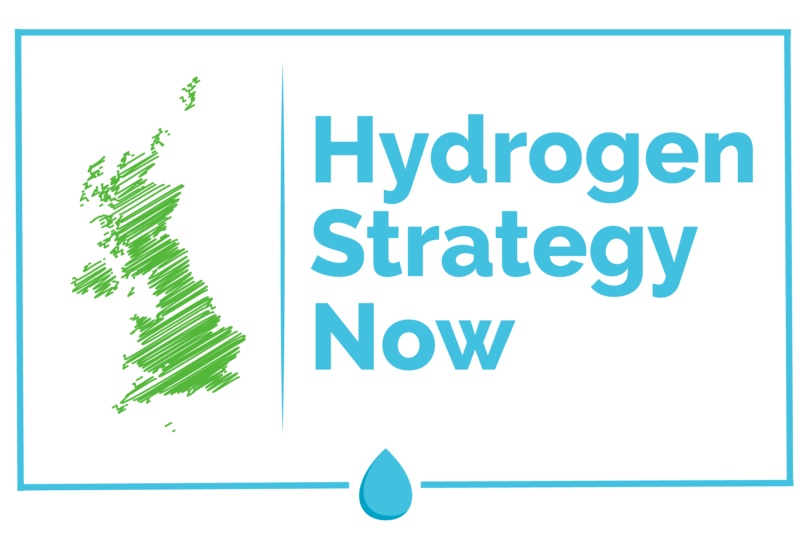EU mulls stricter battery legislation
https://energymanagementsummit.co.uk/wp-content/uploads/2019/05/Battery-Storage.jpg 960 640 Stuart O'Brien Stuart O'Brien https://secure.gravatar.com/avatar/81af0597d5c9bfe2231f1397b411745a?s=96&d=mm&r=gThe European Commission is proposing to modernise its legislation on batteries – delivering the first initiative among the actions announced in its new Circular Economy Action Plan.
The EU says batteries that are more sustainable throughout their life cycle are key for the goals of the European Green Deal and contribute to the zero pollution ambition set in it. They promote competitive sustainability and are necessary for green transport, clean energy and to achieve climate neutrality by 2050.
As such, the proposal seeks to address the social, economic and environmental issues related to all types of batteries.
It says batteries placed on the EU market should become sustainable, high-performing and safe all along their entire life cycle. This means batteries that are produced with the lowest possible environmental impact, using materials obtained in full respect of human rights as well as social and ecological standards. Batteries have to be long-lasting and safe, and at the end of their life, they should be repurposed, remanufactured or recycled, feeding valuable materials back into the economy.
The Commission proposes mandatory requirements for all batteries (i.e. industrial, automotive, electric vehicle and portable) placed on the EU market. Requirements such as use of responsibly sourced materials with restricted use of hazardous substances, minimum content of recycled materials, carbon footprint, performance and durability and labelling, as well as meeting collection and recycling targets, are essential for the development of more sustainable and competitive battery industry across Europe and around the world.
Providing legal certainty will additionally help unlock large-scale investments and boost the production capacity for innovative and sustainable batteries in Europe and beyond to respond to the fast-growing market.
The measures that the Commission proposes will facilitate achieving climate neutrality by 2050. Better and more performant batteries will make a key contribution to the electrification of road transport, which will significantly reduce its emissions, increase the uptake of electric vehicles and facilitate a higher share of renewable sources in the EU energy mix.
With the proposal, the Commission also aims to boost the circular economy of the battery value chains and promote more efficient use of resources with the aim of minimising the environmental impact of batteries. From 1 July 2024, only rechargeable industrial and electric vehicles batteries for which a carbon footprint declaration has been established, can be placed on the market.
To close the loop and maintain valuable materials used in batteries for as long as possible in the European economy, the Commission proposes to establish new requirements and targets on the content of recycled materials and collection, treatment and recycling of batteries at the end-of-life part. This would make sure that industrial, automotive or electric vehicle batteries are not lost to the economy after their useful service life.
To significantly improve the collection and recycling of portable batteries, the current figure of 45% collection rate should rise to 65 % in 2025 and 70% in 2030 so that the materials of batteries we use at home are not lost for the economy. Other batteries – industrial, automotive or electric vehicle ones – have to be collected in full. All collected batteries have to be recycled and high levels of recovery have to be achieved, in particular of valuable materials such as cobalt, lithium, nickel and lead.
The proposed regulation defines a framework that will facilitate the repurposing of batteries from electric vehicles so that they can have a second life, for example as stationary energy storage systems, or integration into electricity grids as energy resources.
The use of new IT technologies, notably the Battery Passport and interlinked data space will be key for safe data sharing, increasing transparency of the battery market and the traceability of large batteries throughout their life cycle. It will enable manufacturers to develop innovative products and services as part of the twin green and digital transition.
With its new battery sustainability standards, the Commission will also promote globally the green transition and establish a blueprint for further initiatives under its sustainable product policy.









